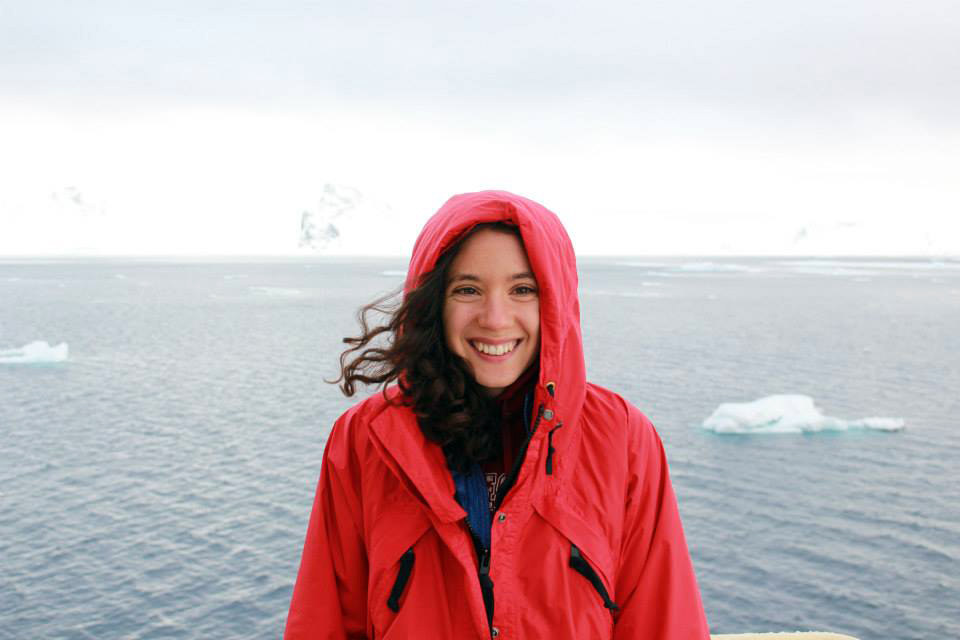By Rachel Kaplan, PhD student, OSU College of Earth, Ocean, and Atmospheric Sciences and Department of Fisheries and Wildlife, Geospatial Ecology of Marine Megafauna Lab
As a newly-minted PhD student, starting graduate school has so far been everything I dreamt — and a bit more. I expected the excitement of meeting my cohort and professors, and starting classes. The apocalyptic drive to campus through a fiery sky as fires burned across Oregon, and the week after spent solely indoors, I did not.

As I’ve settled into Corvallis, my program, and navigating the roadblocks 2020 keeps throwing our way, I have been so grateful for the warm (virtual) welcome by my lab groups, professors, and fellow students. One of the most impressive displays of flexibility and adaptability so far is the ever-evolving field course I am currently taking.
Called “Cascadia,” this course provides an introduction to the range of geological, physical, ecological, and biogeochemical topics that exist within the Pacific Northwest, and explores the linkages between these areas. The course’s goal is to introduce incoming CEOAS (College of Earth, Ocean, and Atmospheric Sciences) students to the surrounding landscape, and to the ways that human systems interact with that landscape.
The professors teaching Cascadia — Drs. Frederick Colwell, Emily Shroyer, and George Waldbusser — have done an amazing job adapting the course to unprecedented circumstances. Over the summer, safety measures due to the pandemic required them to move the course to a largely online format, with only three planned day trips (typically the course is a full ten-day road trip around the state). Over the last week, the fires raging around Oregon have forced them to adapt the course repeatedly in real time, postponing field trips based on air quality forecasts and site closures.
During a typical year in the Cascadia course, the incoming students learn while exploring, camping, and hiking their way around a number of sites around Oregon. This year, our classmates are scattered around the country and our explorations have taken place in a Zoom room — but that hasn’t stopped the experience from being great.
Several professors shared their expertise with us through a series of talks that covered the ecology and history of the Willamette River, Pacific Northwest volcanoes, tsunami safety and preparation, and even wildfire ecology. In addition to talks by subject matter experts, each student delved into and presented on a topic of their choice, allowing us to learn from one another about everything from edible plants, to Oregon craft beers, to human movements throughout the Willamette River valley. We also enjoyed gorgeous pictures of Oregon’s mountains, coast, and desert, and received recommendations for trips and hikes that everyone is excited to explore.
As of the time of writing this blog, I’m excited to say that things may look a little different tomorrow — rain and improved air quality are in the forecast, and the Cascadia crew is planning to venture out to the coast for our first field trip! We’ll be learning on-site about the Oregon Coast Range and coastal dynamics, climate, and processes. This will actually be my first time on the Oregon coast, but definitely not my last.
For my PhD research, I will work with Dr. Leigh Torres and Dr. Kim Bernard (CEOAS) to understand how ocean conditions and prey distribution shape where whales are found in Oregon waters. Whale entanglements in Dungeness crab fishing gear have been on the rise since 2014, and we will collaborate with the Oregon Whale Entanglement Working group to look for solutions to this problem.
A big part of my excitement about this research project lies in the way it intersects natural and human systems, just as we have been exploring through the Cascadia course. I am interested in how marine mammal distribution and behavior intersect with human systems — and how understanding these interactions can inform management and conservation efforts. I am thrilled to be a new member of the GEMM Lab, and to be starting (remote) classes and this research. For now, I’m wishing everyone good air quality and a safe fall!

